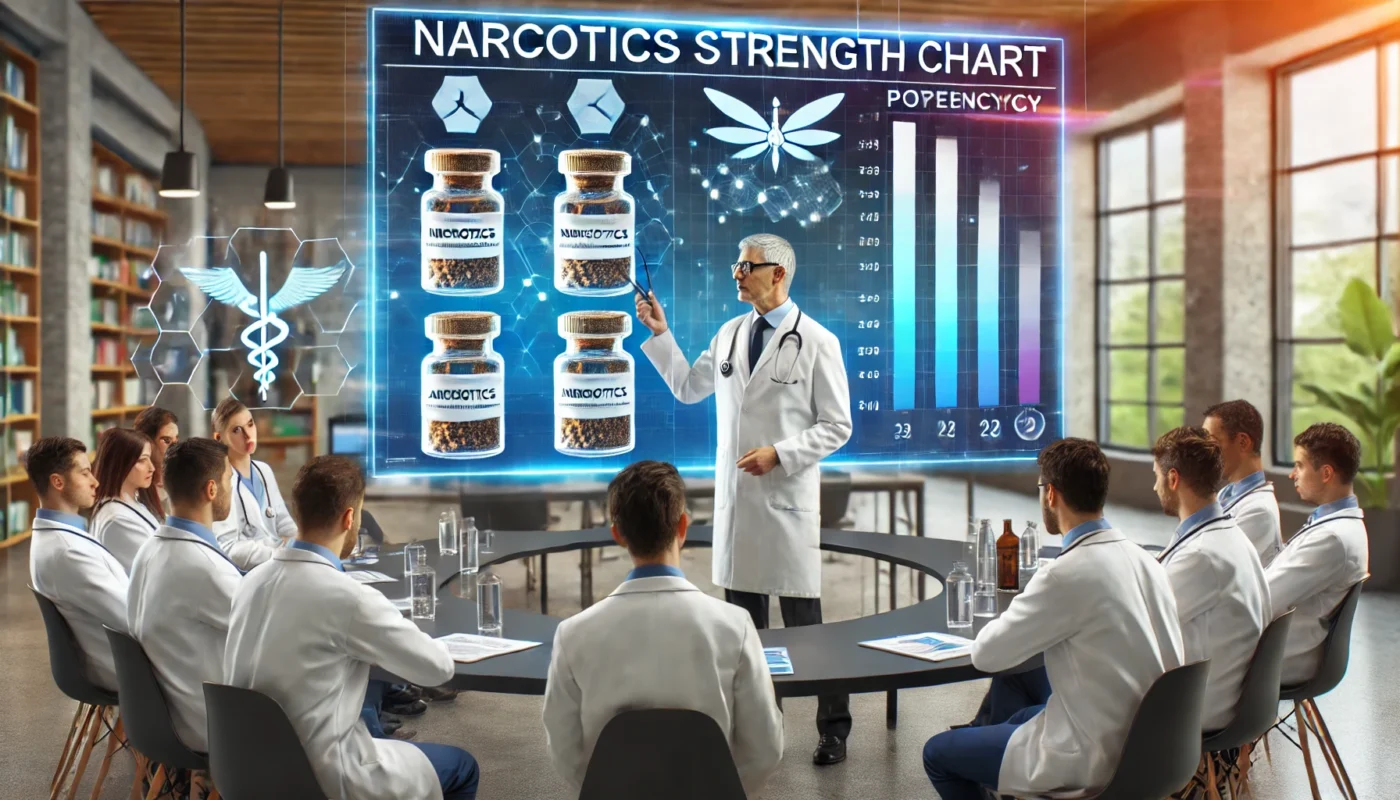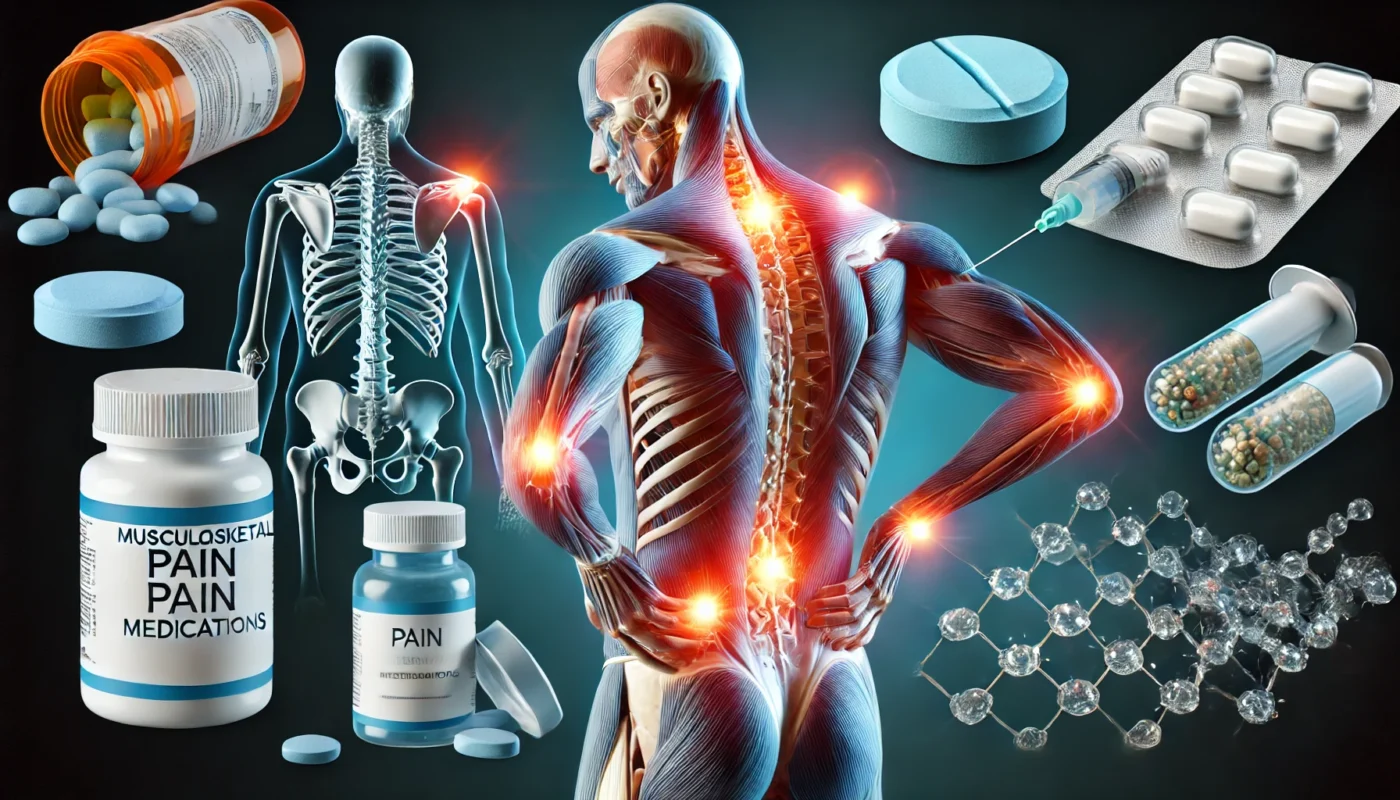Oxycodone is a semi-synthetic opioid derived from thebaine, an alkaloid found in the opium poppy. It is commonly used to treat pain that is not responsive to less potent analgesics. As a central nervous system depressant, it alters the way the brain and nervous system respond to pain, providing relief for individuals experiencing significant discomfort.
Tag Archives: medication safety
Medication images play a pivotal role in identifying and differentiating various types of painkillers. They serve as a visual aid that enhances understanding, particularly for those who may struggle with medical terminology or have visual learning preferences.
In this expanded article, we’ll delve into the importance of choosing the right medications, explore various over-the-counter options, and provide insights into how these medicines can support a holistic approach to health.
Narcotics, particularly opioids, are potent medications used primarily for pain relief. Understanding their potency is crucial for effective pain management and minimizing the risk of overdose. The narcotics strength chart, or opioid strength table, provides a comparative analysis of the potency of various narcotics relative to one another.
There are several categories of OTC pain relievers, each working in different ways to relieve pain. The most common types include:
Musculoskeletal pain affects the bones, muscles, ligaments, tendons, and nerves. It can manifest in various forms and intensities, making it essential to identify the underlying causes and appropriate treatments.
Ibuprofen is a nonsteroidal anti-inflammatory drug (NSAID) that reduces inflammation, pain, and fever. It works by inhibiting enzymes (COX-1 and COX-2) involved in the inflammatory process. Commonly known brands include Advil and Motrin.
Painkillers, or analgesics, work by blocking pain signals from reaching the brain or by interfering with the brain’s interpretation of those signals. There are various types of pain medications, each working in different ways. The most common include nonsteroidal anti-inflammatory drugs (NSAIDs), acetaminophen, and opioids.
Advil and Ibuprofen are both nonsteroidal anti-inflammatory drugs (NSAIDs) commonly used to relieve pain, reduce inflammation, and lower fever. Ibuprofen is the generic name for the drug, while Advil is a brand name that contains the same active ingredient. Understanding this relationship is crucial in demystifying the confusion surrounding these medications.
When it comes to managing pain, the combination of medications can often seem like navigating a complex labyrinth. Percocet, a prescription medication known for its potent pain-relieving properties, often enters the conversation in tandem with over-the-counter options like Tylenol. Understanding how these can be used together safely is crucial for anyone looking to manage pain effectively while minimizing risks.
- 1
- 2










